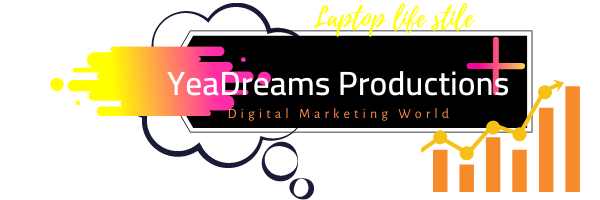SOLANA
Hey guys and welcome to Crypto Swami, your home for the best crypto videos. Make sure you share on social media. With a name inspired by the coastal beach in California, Solana is a blockchain that has breezed into the race to be the fastest, most secure and scalable solution in crypto land. How does it measure up? Will it edge out Ethereum or other high-performance blockchains like Cosmos?
What is Solana Coin?
Let’s find out: What is Solana? and What’s the use case of the Solana Coin SOL? Solana’s team includes former leading technologists from Qualcomm, Intel, Netscape and Google. Its CEO, Anatoly Yakovenko has software engineering experience from Qualcomm and Dropbox. The Solana network was able to raise funding from investors such as Multicoin Capital, Foundation Capital and Distributed Global to the tune of 25 million dollars.
Now, let’s get to the nitty-gritty stats: First, scalability. Solana scales as a Layer 1 blockchain at the rate of Moore’s Law, which states that processing speeds double every two years.
Simply using CPU and GPU power, there is no need for sharding or other complicated Layer 2 solutions that compromise security and stability. We’ll get into how Solana achieves this later. Next, speed: Solana creates a block every 400 milliseconds, with sub-second confirmations and transaction speeds of 50,000 per second.
With such speeds, Solana has already passed Ethereum in terms of block count. This has led some people to call Solana the world’s first web-scale blockchain, as it has transactional capacity comparable to the Internet. Next, validators: Solana has a global network of over 350 validators, ensuring network security and stability. Anyone can be a validator on Solana, with no minimum staking requirement. Finally, fees: Solana costs about $10 for every 1 million transactions, making it one of the lowest cost chains round the block.
What makes Solana different?
In comparison, Ethereum transactions cost an average of $2. What makes Solana different? Solana puts forward 8 core innovations that differentiate it from the competition.
And they are: Proof of History, Tower Byzantine Fault Tolerance, Turbine, Gulfstream, Sealevel, Pipeline, Cloudbreak and Archivers. We won’t be going into detail except for Proof-of-History, which is Solana’s key innovation and “secret sauce”, allowing it to offer blazing fast transactions at 50,000 transactions per second.
For further detail on the rest, you can head over to Solana’s blog or read their White Paper. Despite the name, PoH is not actually a consensus mechanism such as Proof-of-Work or Proof-of-Stake. PoH is actually a cryptographic clock in Solana’s blockchain that allows nodes to agree on the time and the ordering of events, without having to talk to each other. Each Solana node maintains its own clock by encoding the passage of time in a simple, SHA-256, sequential-hashing Verifiable Delay Function.
That is a mouthful of words, so, think of it graphically like this: Imagine taking a picture of yourself holding a newspaper showing the date and time, and publishing that photo in the next issue of the newspaper.
What is Proof of History?
Proof of History works in a similar way to record time. This decreases node messaging overhead and other computation bulk, so allowing Solana to reach its high speeds. Solana’s unique offering has attracted over 100 projects in DeFi, Web3 and blockchain gaming to date. Let’s look at some of them. First up, the crypto-derivatives platform FTX founded by Forbes 30-under-30 Sam Bankman-Fried.
FTX launched a high-speed decentralized exchange called Serum on Solana, leveraging Solana’s capabilities to offer sub-second settlement with minimal transaction fees.
Next, Audius, the community-owned audio streaming platform has also chosen to partner with Solana, and is currently working on migrating its content management system, with a catalog of over 150,000 audio tracks, to the Solana blockchain. Finally, Chainlink, the oracle providing data feeds to decentralized exchanges, is also partnering with Solana to develop a high-frequency Oracle that will be able to provide price updates every 400 milliseconds. With promising partnership’s Solana’s ecosystem is growing fast and carving out a formidable niche in the crypto space.
Solana’s mainnet is currently running in Beta mode since March 2020 and has processed over 7 billion transactions to date.
However, recently on 4 Dec 2020, Solana experienced an outage which lasted for 6 hours. The network managed to resume function eventually, with commentators reminding that Ethereum too had teething problems during its early days.
What is $SOL Token?
What is Solana. Solana Air Drop
SOLANA AIRDROP
What about the $SOL token? The $SOL token is the native cryptocurrency on Solana’s network, and is used for transactions on the blockchain technology including for micropayments. Users can also delegate and stake $SOL and earn additional rewards.
There is currently a circulating supply of 26 million $SOL, with a total maximum supply of $SOL capped at 489 million.
What’s your take on Solana? What are your price predictions for $SOL? Make sure to share this on Social Media.
Read More: Mastercard Crypto + Solana & Shiba Inu News | Crypto News Today
